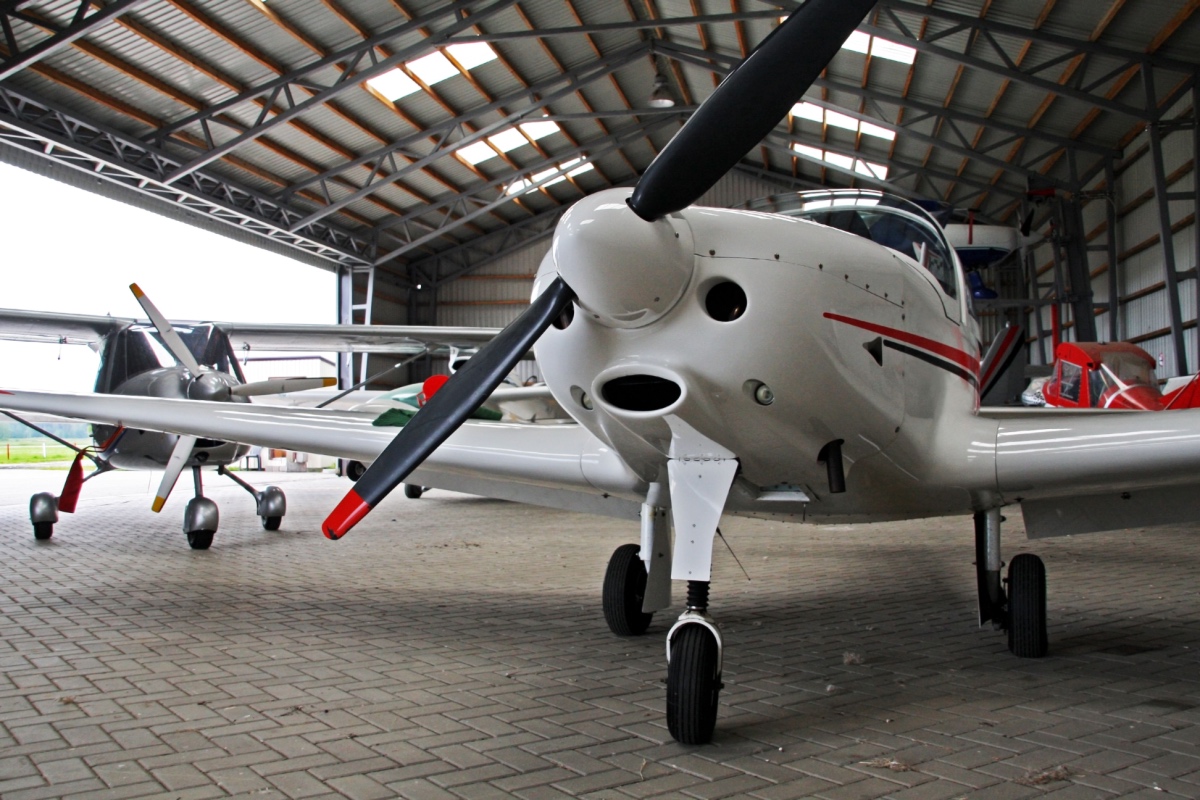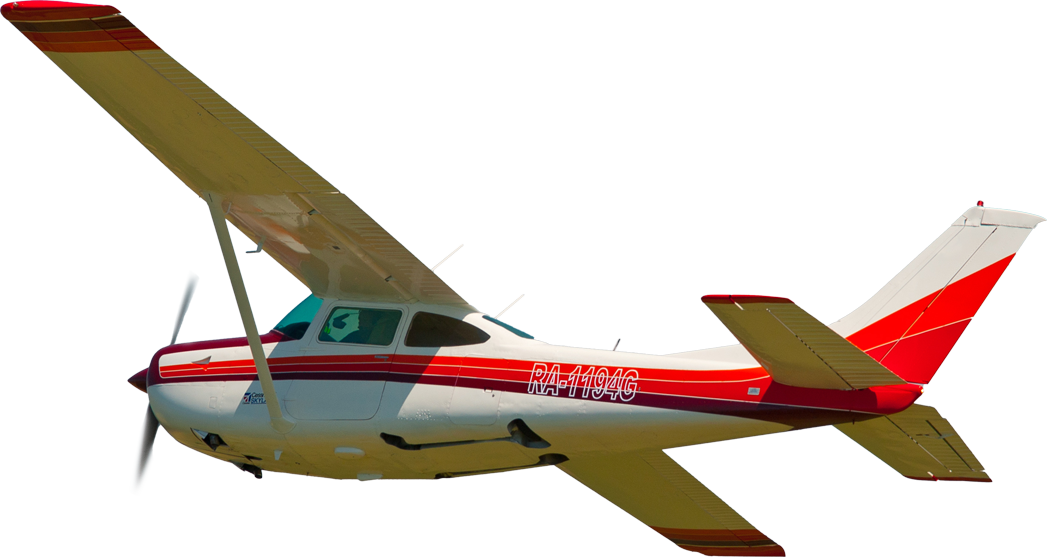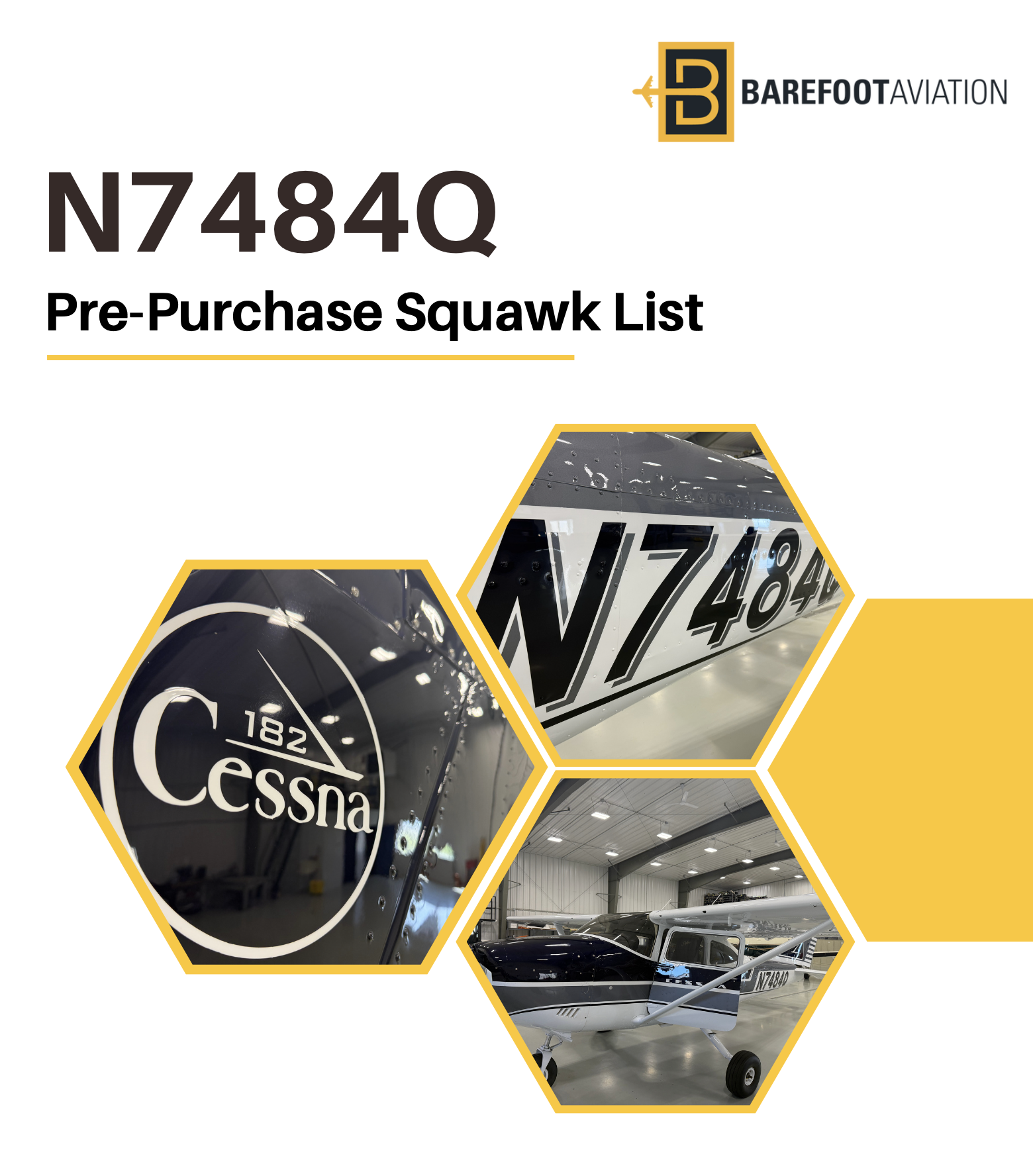Where Should You Store Your Aircraft?
April 23rd, 2025

When it comes to aircraft ownership, one of the most important decisions you’ll make is where to store your plane. It’s not just about convenience — it's also about protection, long-term value, and your overall experience as an owner.
At Plane Broker, we work with aircraft buyers and sellers every day. And whether someone is buying their first small piston aircraft or upgrading to a turbine, the question always comes up: hangar or tie-down?
What Is a Tie-Down?
A tie-down is a designated outdoor parking spot for your aircraft. You'll use ropes or chains to secure your plane to anchors set in the pavement or ground. These spaces are found at nearly every airport, especially for general aviation.
Tie-downs are exposed to the elements. That means your aircraft will experience direct sunlight, rain, wind, and depending on location, snow or hail. Most tie-downs are uncovered, though some airports offer covered tie-downs that provide shade but little additional protection.
Main perks:
● Usually the most affordable option
● Often available on short notice
● Easy to access for quick flights
What Is a Hangar?
A hangar is a fully enclosed structure that houses your aircraft. Think of it as a garage, but for your plane. Hangars protect your aircraft from weather, wildlife, vandalism, and other risks.
Some hangars are private and dedicated to one aircraft, while others are shared or community-style. They vary in size, amenities, and accessibility.
Main perks:
● Maximum protection from weather and UV exposure
● More secure than tie-downs
● Additional space for storage, maintenance, or tools
Climate Considerations
Where your aircraft is based plays a huge role in your storage choice.
Hot, Sunny Climates
Sunlight and heat can damage paint, dry out seals, and degrade your interior over time. In areas with high UV exposure, like the southwestern U.S., a hangar can drastically reduce cosmetic wear and help keep systems in better condition.
Cold, Snowy Climates
Snow, ice, and freezing temps aren’t kind to aircraft. Hangars offer a warm, dry alternative that makes pre-flights faster and more comfortable.
Humid or Rainy Areas
Moisture leads to corrosion — especially for aircraft stored near the coast. Even with proper covers and corrosion prevention measures, outdoor tie-downs in wet climates come with added maintenance.
If you’re in a mild and dry area, a tie-down might not be a major compromise. But in harsh climates, the extra protection of a hangar pays off quickly.
Security and Safety
Aircraft stored in hangars are far less vulnerable to theft, tampering, or accidental damage.
Tie-downs, even at controlled airports, leave your aircraft exposed to everything from ramp rash (like a passing vehicle scraping your wing) to vandalism. Some airports offer secured tie-down areas, but they rarely match the layered protection a hangar provides.
If your aircraft contains valuable avionics or if you're storing tools and personal items, a hangar also gives you better peace of mind.
Long-Term Maintenance Impact
Even with regular upkeep, aircraft stored outside need more frequent care. Weather exposure speeds up wear, leads to more paint touch-ups, and increases the chance of corrosion.
Aircraft in hangars tend to age more gracefully. That means less money spent on cosmetic repairs and potentially fewer surprises during annual inspections or prepurchase evaluations.
If you’re planning to keep your aircraft for the long haul, this difference adds up.
Cost Breakdown
Tie-Downs
Tie-down fees typically range from $30 to $150 per month, depending on airport location and amenities. Covered tie-downs may cost more but still remain far below hangar pricing.
Additional costs may include:
● Covers for protection
● More frequent detailing or paint touch-ups
● Increased maintenance needs due to weather exposure
Hangars
Hangar prices vary widely. Expect anywhere from $300 to $1,000+ per month for a single aircraft hangar in the U.S. In-demand locations can cost even more.
With hangars, you may also pay:
● Electric or utility fees
● Membership or leasing fees
● Insurance premiums (which may be lower due to enhanced protection)
Resale Value
Storage history matters to buyers. An aircraft that’s been hangered usually has better paint, interior condition, and fewer signs of corrosion. That can make it easier to sell and justify a higher asking price.
On the other hand, aircraft stored outside year-round may face price adjustments due to visible wear — especially if they're being marketed to detail-oriented buyers or high-use operators.
Availability and Access
One of the biggest challenges in choosing a hangar is availability. In some regions, waitlists for hangars are months or even years long.
Tie-downs, by comparison, are much easier to find. They offer fast access and don’t require lease commitments or deposits in most cases.
That said, hangar access can also impact your flying habits. If your hangar is on the far side of the airport or has limited access hours, it might add a step to your departure routine. We always recommend asking about logistics before signing a hangar lease.
Choosing Based on Aircraft Type
The type of aircraft you own should also influence your decision.
Smaller Planes
For older or less expensive aircraft, some owners choose tie-downs to save on recurring costs. If you’re flying regularly and storing in a mild climate, a tie-down may be completely workable.
High-Value Aircraft
Aircraft with composite skins, advanced avionics, or fresh paint benefit significantly from hangar storage. For many owners, it’s about protecting their investment — especially if the plane is part of a business, charter, or resale plan.
Experimental or Vintage Aircraft
These often need special attention. Hangars not only protect delicate parts from weather but also give owners space to work on restoration or maintenance in a controlled environment.
When a Tie-Down Might Make Sense
A tie-down can still be a good option under certain conditions:
● You fly often and want quick access
● You live in a dry, moderate climate
● You have an older or lower-value aircraft
● You’re waiting for hangar availability
● You’re operating on a tighter budget
Invest in high-quality covers, use proper corrosion prevention techniques, and perform regular inspections to reduce risks.
When a Hangar Might Be Worth the Investment
You may want to prioritize a hangar if:
● Your aircraft is newer or higher in value
● You’re based in a region with extreme weather
● You want extra space for tools, parts, or work areas
● You’re concerned about long-term maintenance costs
● You plan to resell and want the best presentation
Even though hangars cost more upfront, they often reduce overall ownership costs by protecting your plane and keeping it in better condition.
Making the Right Call for Your Aircraft
Every aircraft owner’s situation is different. It’s not just about the plane — it’s also about how often you fly, your budget, your local airport setup, and your long-term plans.
At Plane Broker, we offer all these options and more. If you're in the process of purchasing an aircraft or planning a move, we're here to help you find the right setup for your flying lifestyle.








